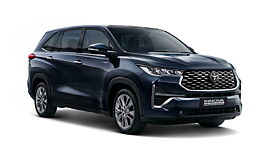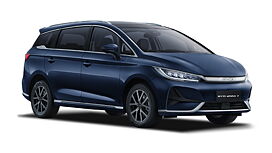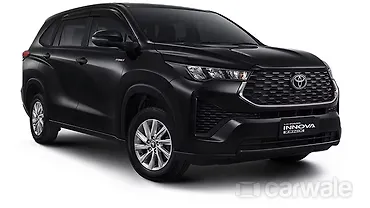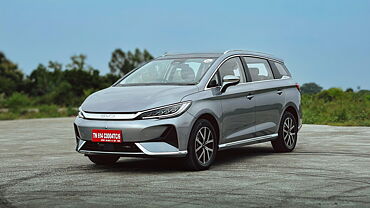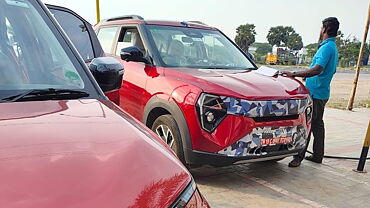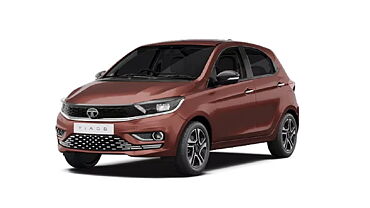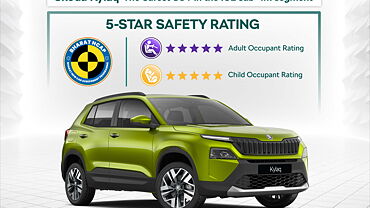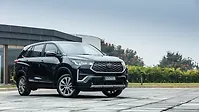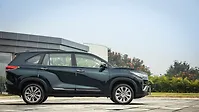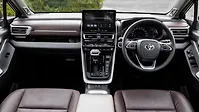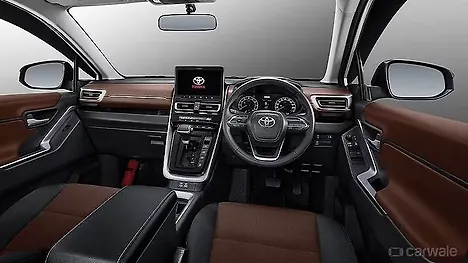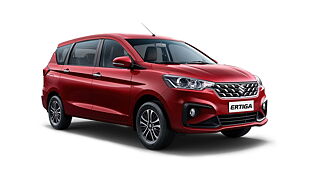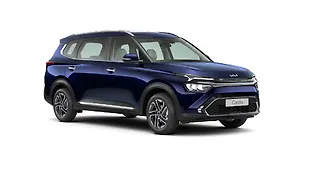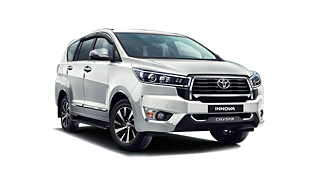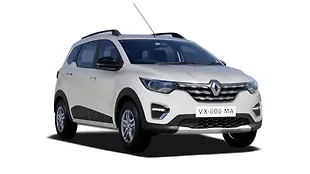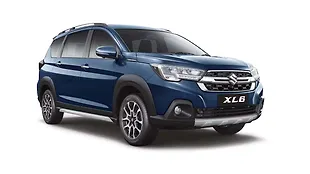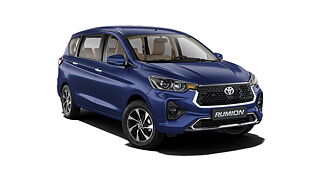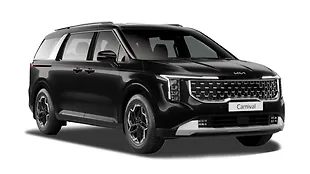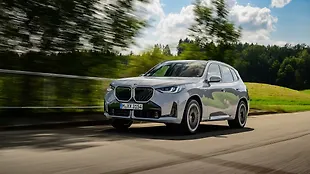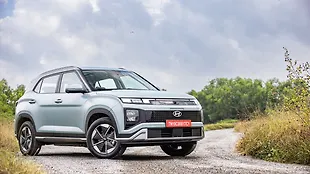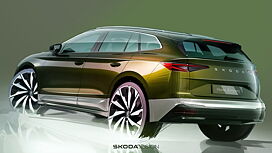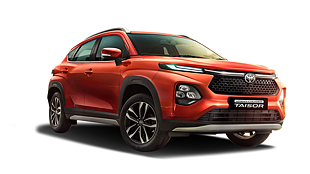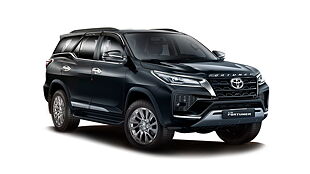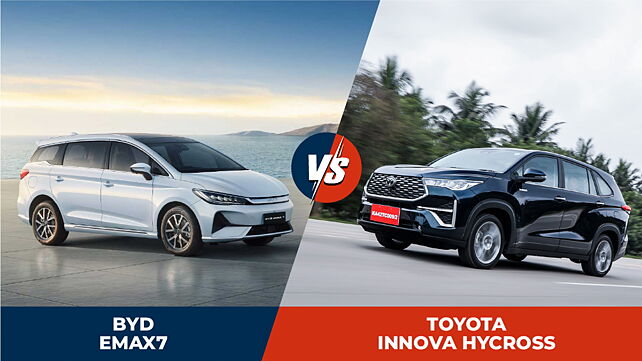
- eMax7 launched in India at Rs. 26.90 lakh
- Hycross is is a petrol hybrid
It is not every day that a challenger comes along for the Toyota Innova Hycross offering the same concept and package. For years now, the Innova’s reign has gone unchallenged and that’s even considering the new direction that it has taken with the Hycross. It looks like BYD wants to take up the challenge and that too on its terms in the form of emax7. How does it stack up? Let’s find out.

Design highlights
With this generation of the Innova, Toyota has moved to an SUV stance rather than outright MPV and this oddly enough is most visible in the profile view. On the other hand, the emax7 is all about that MPV look and like the Hycross, this is most visible in the profile. Other major design highlights in both cars include the face, wheels and design of the tail lamps.

While it seems that taking up an SUV stance may be the need of the hour as that’s a shape everyone wants, BYD sticking to its electric (guns) about being an MPV may actually help it stand out among the crowd.

Feature list
Looking at the top-spec models, both cars get dual-digital screens, a powered driver’s seat with a memory function, wireless phone mirroring, a full LED light package, level-2 ADAS and a powered tailgate. However, look closer and the differences start to crop up.

The emax7 can be had in both six-seat and seven-guise while the top-spec Hycross’ rear-seat package is six-seat only but far more comprehensive. You get things like an ottoman function, boss package and tray tables. In terms of safety features, both cars get six airbags, ABS with EBD, traction control programme, three-point seat belts, ISOFIX child seat mounting points, 360-degree camera and rear cross-traffic as a part of the package.

Powertrains
This is where the biggest difference shows up between both cars. The Innova Hycross, when it was launched, was a huge change in direction for the Innova Moniker. For the first time, it was petrol-hybrid only sporting a 2.0-litre hybrid mated to an electric motor producing 188bhp/206Nm. The electric motor is the primary driver for the front wheels the two are connected via an eCVT. It offers a claimed range of 1208km.

The emax7 on the other hand is offered with a 150kWh battery pack offering a claimed range of 530km on a single charge. There is a single electric motor powering the front wheels and producing 201bhp/310Nm. On paper, it might seem like a straight win for the Hycross in the current scenario but the emax7 over a longer period is expected to offer lower running costs. This will be especially true if the car is being put into a luxury fleet, which incidentally is one of the big markets for the Chinese MPV maker.

Pricing
The top-spec Innova Hycross is priced at Rs 30.98 lakh while emax7 is priced at Rs. 29.90 lakh. The Hycross has a better rear seat package and a bigger overall and realistic range but the emax7 is expected to offer lower running costs, can also be had in seven-seat guise and is cheaper to acquire due to lowered registration costs for EVs Vs hybrids in most states across the country.

